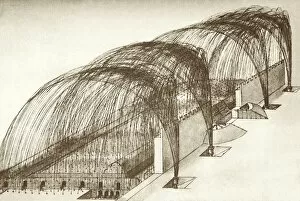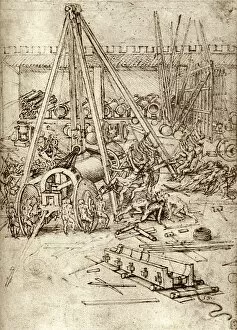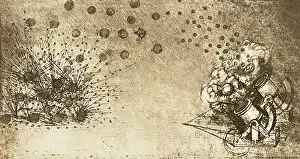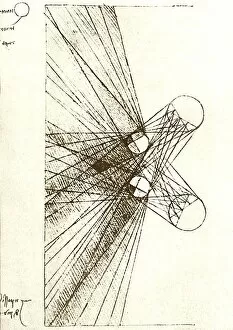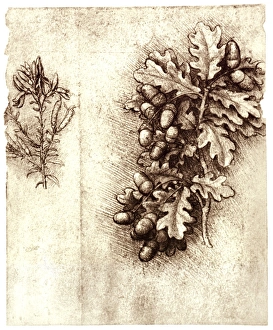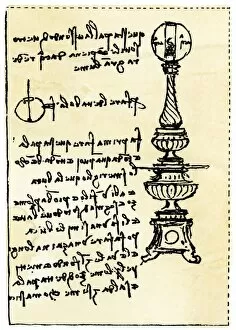Leonardo Da Vinci Collection (page 24)
Leonardo da Vinci, a true Renaissance genius, left an indelible mark on the world of art and science
All Professionally Made to Order for Quick Shipping
Leonardo da Vinci, a true Renaissance genius, left an indelible mark on the world of art and science. His diverse range of works showcased his unparalleled talent and insatiable curiosity. In "Head of a Bear, " created around 1480, da Vinci's attention to detail is evident as he captures the essence of this majestic creature with precision and grace. Similarly, his study on skull anatomy showcases his fascination with understanding the inner workings of the human body. Da Vinci's brilliance extends beyond mere drawings; he also designed innovative weapons like Da Vincis crossbow in 1490. This invention exemplifies his ability to merge creativity with practicality. The artist himself is immortalized in a color portrait from 1490. The intensity in his eyes reflects both determination and passion for his craft. Another iconic work attributed to him is "The Last Supper, " which has been recreated by artists throughout history, including Raphael Morghen and Teodoro Matteini in 1800. One cannot discuss Leonardo da Vinci without mentioning one of his most famous paintings - "Portrait of Cecilia Gallerani, Lady with an Ermine. " This masterpiece captures not only her beauty but also da Vinci's mastery at capturing emotions through subtle gestures. Da Vinci's scientific mind shines through in the Vitruvian Man drawing where he explores the harmony between man and nature. The flare in chest adds an enigmatic touch to this timeless representation. His extensive notes provide insight into his thought process as well as glimpses into various subjects that intrigued him. From anatomy to engineering, these writings showcase da Vinci's relentless pursuit of knowledge. Religion also played a significant role in Leonardo da Vinci's life as seen in "Madonna and Child. " Through delicate brushstrokes, he conveys tenderness between mother and child while infusing spiritual symbolism into every detail. Even maps were not exempt from da Vinci's influence.



